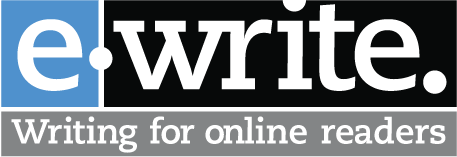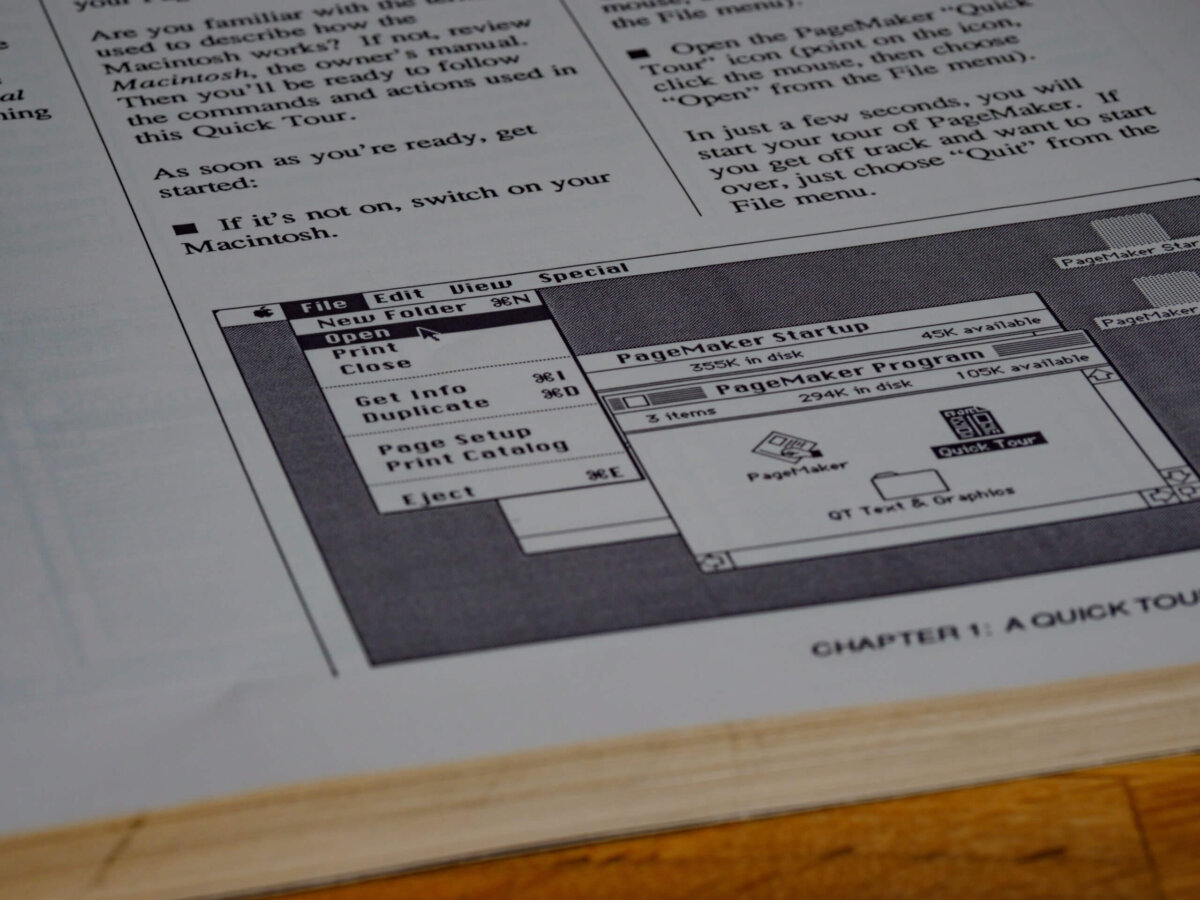E-WRITE developed and delivered eight customized writing courses for the Energy Information Administration’s Write Right curriculum. Here is the list of courses and the topics covered in each. Learn more about the Write Right curriculum and contact us to develop a writing curriculum for your organization.
Introduction to the EIA Writing Style Guide
- Overview of topics covered in the 2015 Writing Style Guide
- How the 2015 version of the Writing Style Guide differs from the previous version
- Why have a style guide
- How to use the style guide
- Hands-on practice using EIA’s style guide
Policy-Neutral Writing at EIA
- Origins and history of EIA’s policy neutrality
- Which situations pose the most risk for policy-neutral writers
- Which words and phrases you should avoid
- How to comply with the Department of Energy social media policy and manage your social media profile outside the agency
- Whom to contact for help with policy neutral writing
How to Improve Your Writing Process and Your Documents
- Understand the steps in the writing process
- Strategies for organizing your writing
- Talk through your document before you draft it
- Tips for drafting your document
- How to review your first draft
- Editing your work to ensure it is concise
- How to manage the writing process when there are multiple authors
How to Write in Plain Language for EIA Audiences
- What EIA’s customer survey shows about who our readers are
- How to use hyperlinks to lead interested readers to additional content
- How to anticipate and answer your readers’ questions
- How to write documents that have a range of readers
- How to tailor your message for your reader
- How to use a layered approach that offers multiple types of information to meet readers’ needs
- How EIA products use layered plain language approach
How to Edit and Proofread Your Own Writing
- How editing and proofreading differ
- How to develop checklists that support editing
- Strategies for seeing your own writing with fresh eyes
- How to use MS Word tools for proofreading
Grammar, Punctuation, and Usage Refresher
- How to use easily confused words correctly
- How to use the comma, dash, hyphen, and apostrophe
- How to punctuate different types of sentences
- How to make sure subjects and verbs agree
- How to make sure pronouns and antecedents agree
- How to apply EIA-specific usage rules
For Managers: How to Edit and Proofread Someone Else’s Writing
- The difference between editing and proofreading
- When to focus on building the writer’s skills vs. fixing the document yourself
- How to give feedback on writing
- How to comment on the writer’s draft
- How to use Track Changes effectively
- How to incorporate writing and editing goals into Employee Improvement Plans
- How to use the one-page Evaluation Sheet to identify what’s missing in a draft and communicate with the author
- Tips for proofreading someone else’s writing
For Non-Managers: How to Edit and Proofread Someone Else’s Writing
- The difference between editing and proofreading
- When to focus on building the writer’s skills vs. fixing the document yourself
- How to comment on and give in-person feedback on the writer’s draft
- How to cope with a resistant writer
- Tips for proofreading someone else’s writing
- Resources to help you help a writer: Document Planner, Sample Annual Performance Plans, with writing requirements, Tips for using MS Word tools for proofreading







0 Comments